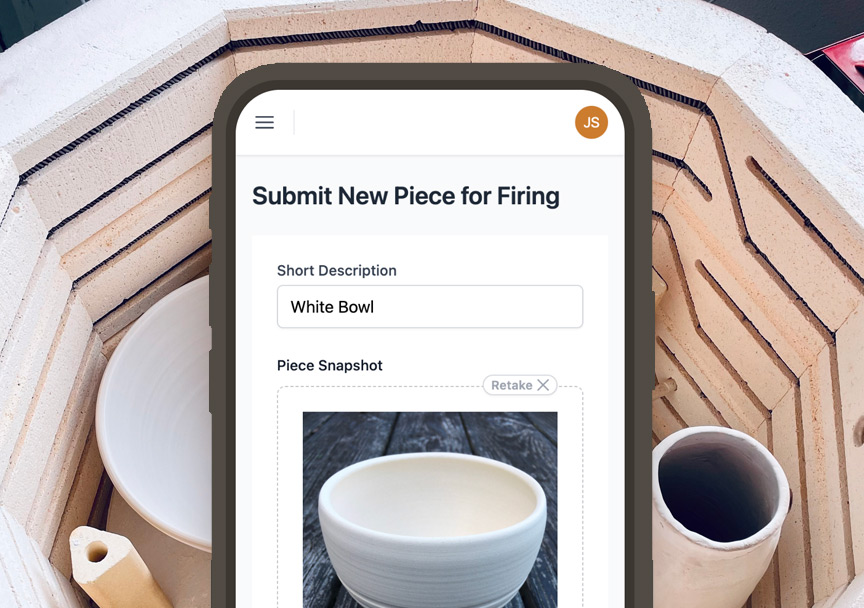Did you know that the average pottery class has 10 students? Yet, determining the optimal class size isn't as simple as following the norm. As a pottery studio owner or manager, you're juggling many variables. You've got to consider the physical space, availability of tools, and the teaching capabilities of your instructors.
But it doesn't end there. You also need to assess the demand, balance the skill levels, and figure out the best scheduling system. Ensuring quality instruction while maximizing potential revenue can become a delicate balancing act. Let's get you equipped to create a learning environment that's both profitable and enriching for your students. scheduling
Understanding Studio Capacity
You've got to get a handle on your studio's capacity to ensure your pottery class sizes are just right and everyone's having a clay-tastic time. Consider three key factors: studio space, equipment availability, and the instructor-to-student ratio.
First, assess your studio space. Can it comfortably accommodate both students and their work-in-progress?
Next, evaluate your equipment availability. Do you have enough wheels, kilns, and tools for each student to use?
Lastly, think about the instructor-to-student ratio. Smaller classes offer more individual attention, enhancing the learning experience. Striking a balance between these factors will help you find the optimal class size, ensuring a smooth and enjoyable pottery-making journey for everyone.
Assessing Student Demand
Don't let the fear of overcrowding your studio stop you from assessing student demand; imagine instead a bustling, vibrant space filled with eager learners. Start gauging interest by employing various marketing strategies.
- Survey your local community or current students to identify potential demand.
- Experiment with different pricing options to see what attracts more students.
- Communicate clearly on class size limits and waitlist policies.
- Use social media platforms to reach potential students.
- Monitor which class times and formats receive the most interest.
Remember, managing a busy pottery studio is a good problem to have. Efficient waitlist management will ensure that everyone gets a chance to participate. Find your optimal pottery class size through cautious experimentation and careful observation.
Balancing Skill Levels
Managing a variety of skill levels in your studio can feel like spinning clay on a wheel—challenging, yet ultimately rewarding. Skill development is key here. You want to ensure that beginners aren't left in the dust while advanced students continue to be challenged. Class composition matters. Try grouping students according to their skill level, creating an environment that fosters growth and encourages student engagement for everyone.
Consider offering separate classes for different skill levels. This allows beginners to grasp the basics without feeling overwhelmed while advanced students delve deeper into techniques and styles. However, don't shy away from the occasional mixed class. The exchange of ideas and perspectives between different skill levels can result in a truly dynamic learning environment.
Scheduling Considerations
As you craft your studio's schedule, imagine it as a carefully thrown clay pot, where every hour must be sculpted with care and precision to ensure the optimal balance of classes and open studio time. Consider these factors when establishing class schedules:
- Scheduling conflicts: Avoid overlap between classes to prevent overcrowding and resource strain.
- Class duration: Allocate enough time for each class to allow students to fully engage with the material.
- Enrollment limits: Set a maximum class size to ensure each student receives adequate attention.
- Skill level appropriateness: Schedule beginner and advanced classes at different times.
- Studio hours: Designate open studio hours for students to practice outside of class.
These considerations will assist you in creating a harmonious and efficient pottery studio schedule.
Maintaining Quality Instruction
Imagine your studio brimming with eager students, their hands shaping clay into beautiful forms; it's your responsibility to ensure each one receives high-quality instruction, regardless of the class capacity. Balancing student engagement and class size is key. Too many students can overwhelm an instructor, diluting the quality of instruction.
You'll need to ensure that your instructors are highly qualified, capable of managing larger classes while maintaining a high level of instruction. Encourage them to use a variety of teaching techniques to cater to different learning styles.
Lastly, always seek class feedback. This feedback is invaluable in assessing the effectiveness of the instruction and identifying areas for improvement. Remember, a well-managed class size is integral to delivering quality pottery instruction.
As a studio owner, you must skillfully mold your class size to your studio's capacity and student demand. Keep a keen eye on balancing skill levels and scheduling classes effectively. Remember, the magic lies in maintaining quality instruction, just as it does in creating a perfect pot. So, sculpt your pottery class size with wisdom, ensuring a harmonious and productive studio environment.


